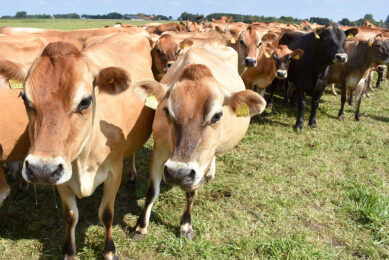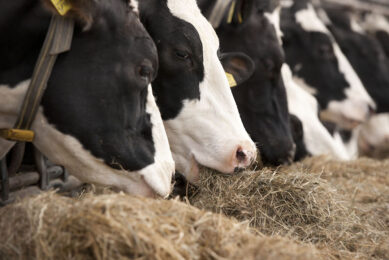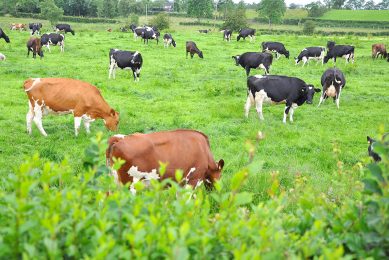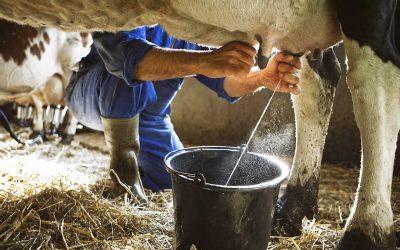Low calcium levels in cows can be prevented
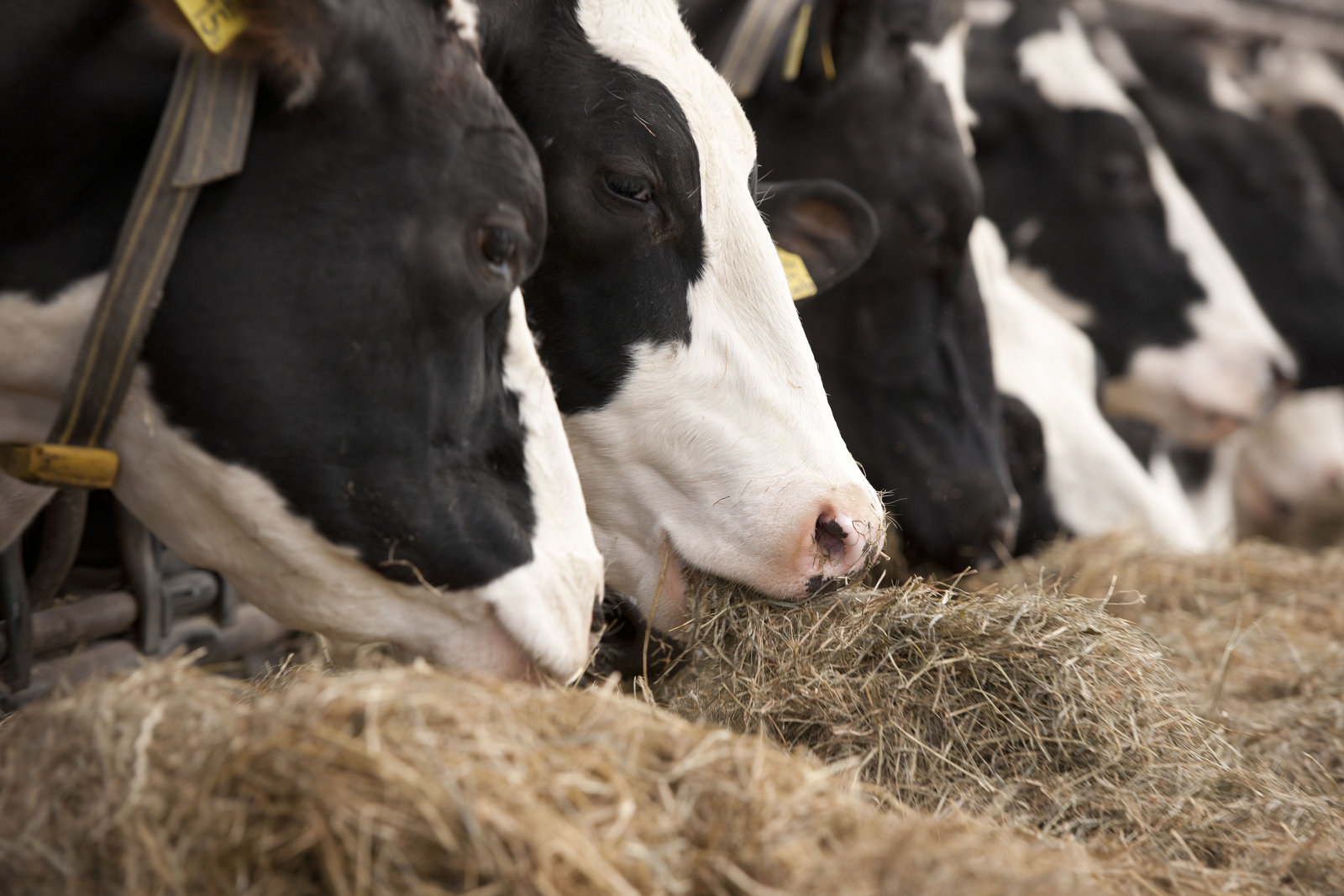
Some cows are not able to maintain a normal level of calcium in the blood around calving. A calcium and phosphorus binder, supplemented two weeks before calving, can avoid problems.
A subnormal blood calcium level around calving is probably the most important predictor at herd level for a range of production- and metabolic diseases in dairy cows. In an effort to prevent these production losses, dairy farmers traditionally have been advised to attempt to manipulate the so-called Dietary Cation-Anion Balance (DCAB) of the dry cow ration. Avoiding forage which is high in potassium or adding acidifying compounds are often advised. The DCAB method is suited for well-managed farms where it may stabilise blood calcium levels in calving cows. However, a recent study concluded that more than 25 and 47 percent of primiparous and multiparous cows, respectively, are still not able to maintain a normal level of calcium in the blood around calving.
Supplementing the dry cow
A subnormal blood calcium level may cause milk fever but in most cows it remains subclinical (subclinical hypocalcaemia) and as such, it may persist into early lactation. Economically the subclinical cases have a more negative impact on the farm than the clinical cases, as more than half of the cows are having a too low calcium level around calving whereas only few percent will show clinical symptoms. The product X-Zelit, produced by Vilofoss, prevents subnormal blood calcium levels and the negative production consequences. It is a calcium and phosphorus binder, which mimic the preventive effect seen after feeding low calcium diet to dairy cows in late pregnancy. The product is supplemented to the dry cow’s diet the last two weeks before calving, and it is effective in maintaining a normal level of calcium around calving and decreases both clinical and subclinical milk fever. Under commercial farm condition, the product has been documented to decrease the clinical cases of milk fever with 86 percent. This makes it an effective way of preventing milk fever and subclinical hypocalcaemia under commercial farming conditions.
Subclinical hypocalcaemia
According to Vilofoss, supplementation of dry cows, in herds that have only minor clinical milk fever problems, results in higher milk production, lower somatic cell count, decreased frequency of metritis and lower culling rate during lactation. The increased production in these herds indicates that even if clinical cases are few there are still cows with subclinical calcium imbalances. This is the pattern, which usually is observed in commercial farms. In conclusions: A high potassium level in the dry cow ration is difficult to handle using the DCAB strategy and therefore dry cows should avoid late cut forage high in potassium. However, applying X-Zelit eliminate the potassium concerns. To the dairy farmer this means increased options in choosing and composing his dry cow ration.




